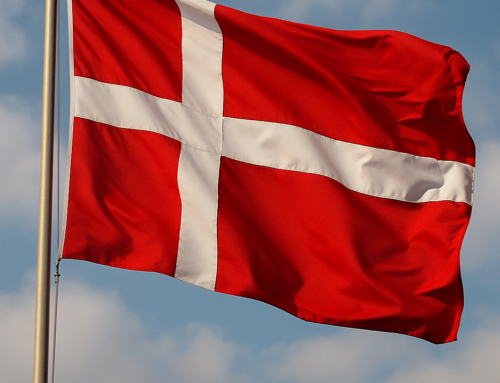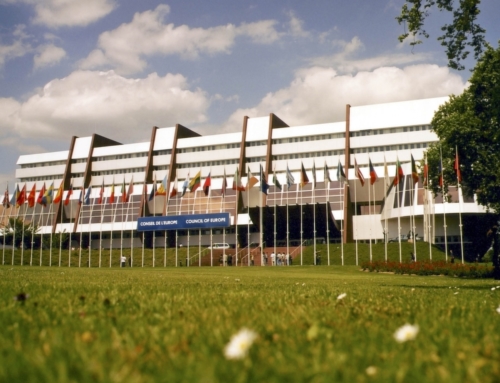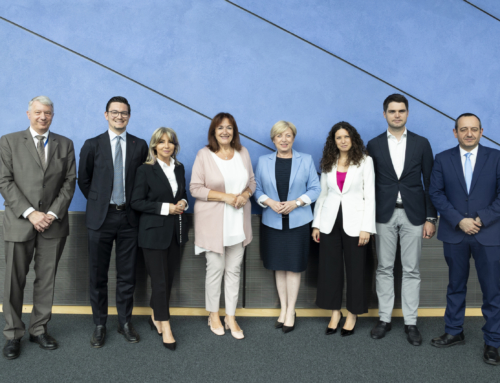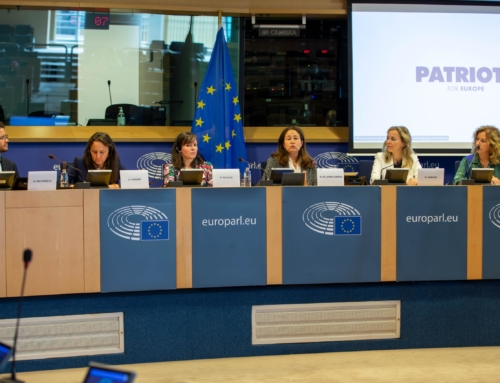16 April 2021
FAFCE contributed to the European Commission public consultation process on the initiative entitled “Fighting child sexual abuse: detection, removal and reporting of illegal content online”. This initiative “sets out the responsibilities of relevant online service providers, requiring them to detect and report child sexual abuse online and to report that material to public authorities.”
Online child sexual abuse should be considered in all its dimensions. While certain forms of online child sexual abuse are well-known—such as the production of child pornography and the use of that material for the purposes of extortion and blackmail—others less-known require a specific attention on the legal authorities. These include grooming, a process in which the perpetrator of abuse creates a relationship through which he or she proceeds to exploit and abuse the victim, sexting, the dissemination of self-produced sexually-explicit content, and online harassment, especially by peers and over social media. At least 1 in 10 teens are forwarding sexts without consent and 1 in 12 teens have had sexts they sent forwarded without their consent.[1]
According to the internet security company Webroot, 35% of all internet downloads are pornographic in nature and that there are at least 116,000 daily searches for child pornography online.[2] Since 28% of all pornographic sites are hosted in the European Union, according to the online verification company MetaCert, the European Commission has the potential for transformative action on this front. The Commission must enlist every business that enables porn sites to function in the fight against child pornography, and to hold every such business accountable for the part it plays in this disturbing crime.
FAFCE addresses five targeted policy areas in which the Commission should act.
- Increased enforcement of the “right to be forgotten”
Every EU citizen should be able to have removed all personal content published without his or her consent. This is instrumental for victims of child sexual abuse to have destroyed all record of their abuse, including materials made from it. This also applies to content made using “deepfake” technology for purposes of intimidation, harassment, bullying, extortion, or blackmail.
- Investigation into pornographic websites
Pornographic website should be targeted for investigation and required to assist in the removal of not only all instances of child pornography, but also all instances of pornography that presents participants in child-like ways, plus all pornography portraying incestuous relationships.
- Restriction of minors’ access to pornography
Measures such as the enforcement of age-authentication mechanisms must urgently be implemented. There is a clear link between pornography and the social harm it causes, with an emphasis on sexual aggression. Furthermore, the viewing of pornography, especially for young children, constitutes cognitive rape. As noted by French Sexual Advisor and Expert Anne-Sixtine Pérardel, among“children early-exposed to pornography…we find the same feelings or symptoms as after a sexual assault: the child feels dirty and guilty, he or she experiences shame and sadness, often with a feeling of disgust and a difficulty to dare to talk about what he or she saw.”
- Limitation of adults’ ability to engage children online and to access games, tools, and services created for and marketed to children
Internet tools allow adults to pose as children themselves and so envelop their victims in a false sense of security that enables them to lure his or her victims into meeting, either online or in person. In the same way that we urge age requirements to ensure that minors do not have access to internet pornography, we also urge age requirements to ensure that adults cannot access online spaces created primarily for children.
- Use of the EU budget under the InvestEU Programme to increase its working expertise on child sexual abuse
The InvestEu Progamme should fund research studies to better assess and find means to fight more child sexual abuse more effectively. Potential research areas include how child pornography websites operate, the verification of the ages of users of mobile phones and online communication tools, and the monitoring of online messaging platforms, among other things. This would highlight good practices, create action toolkits for Member States, increase EU expertise on this subject, and even gather data to better evaluate the scale of the phenomenon.
Overall, the online protection of children must be a top priority of the European Union, in order to create a welcoming environment where children can learn, play, and have access to useful services while fully protected from such dreadful risks.
You can access the full text of FAFCE’s contribution here: FAFCE Contribution to the questionnaire on Fighting child sexual abuse- detection removal and reporting of illegal content online
[1] Psycom.net. (2021, March 8). Teen Sexting: Your Kid’s Smartphone Habits and What You Need to Know. Psycom.Net – Mental Health Treatment Resource Since 1996. https://www.psycom.net/teen-sexting/
[2] Internet Pornography by the Numbers: A. (2021). © Copyright 2004 – 2021 Webroot Inc. All Rights Reserved. https://www.webroot.com/us/en/resources/tips-articles/internet-pornography-by-the-numbers







